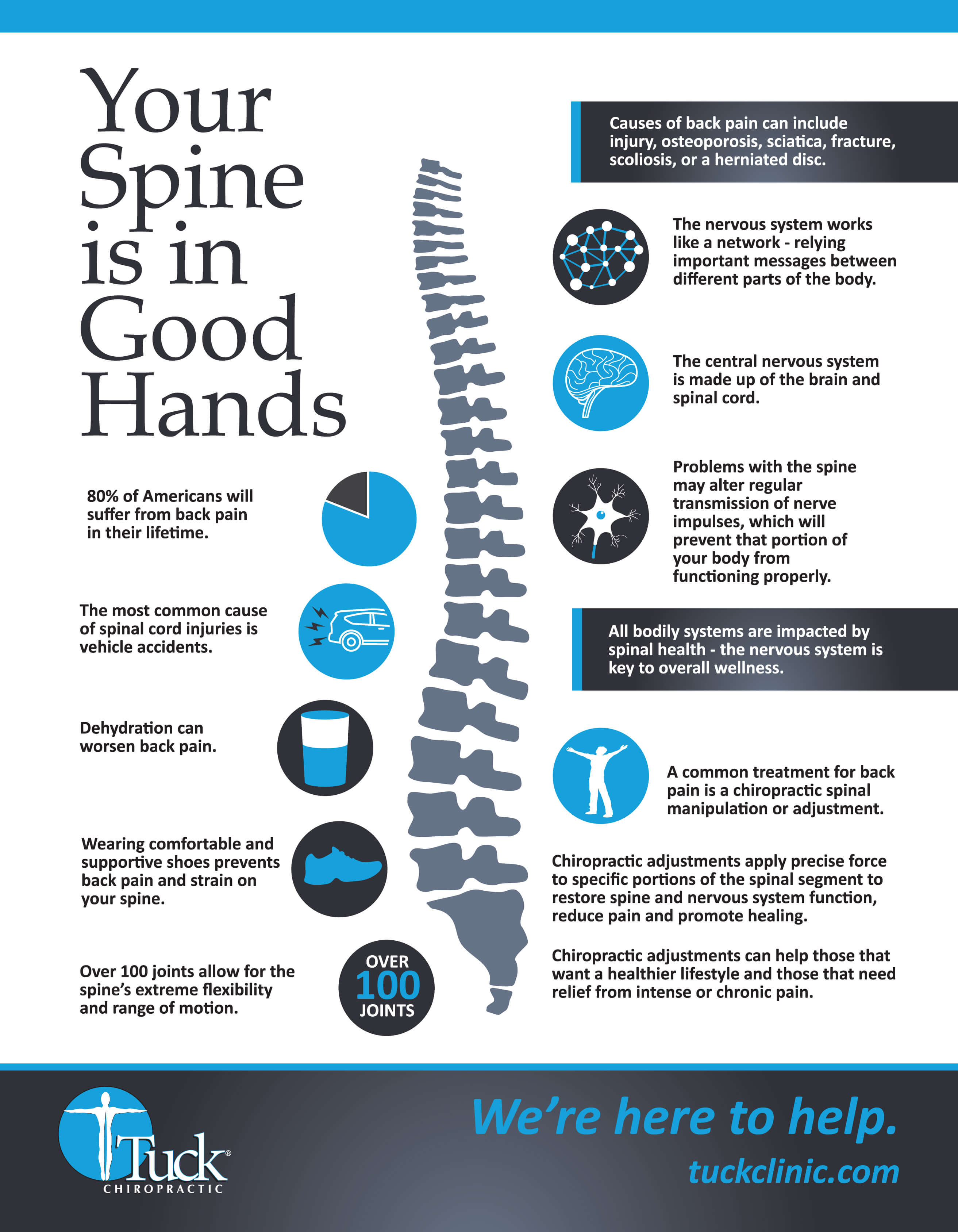Why Does Soft Tissue Therapy Pain? Comprehending The Process
Why Does Soft Tissue Therapy Pain? Comprehending The Process
Blog Article
Created By-Vazquez Jacobson
When you undergo soft Tissue therapy, you could locate it remarkably unpleasant. This pain emerges as pressure is put on stressful muscular tissues and damaged cells, activating your discomfort receptors. While it can really feel traumatic in the moment, there's a factor behind this sensation. Recognizing what occurs in your body throughout these therapies can aid you appreciate the process. So, what exactly is taking place beneath the surface?
The Physiology of Discomfort During Soft Tissue Treatment
When you undertake soft Tissue treatment, your body's response to pain is a complex interaction of physical procedures. As the therapist applies stress, your body turns on discomfort receptors, sending out signals to your mind. This sets off the launch of neurotransmitters, such as substance P and glutamate, which enhance the experience of pain.
Your muscles may likewise tighten in reaction, additional complicating the experience. Additionally, your body might release endorphins, natural painkillers that can aid ease some discomfort.
The communication between these procedures can develop an unique experience for each person. Comprehending this physical reaction aids you browse the experiences during treatment, permitting you to value the balance between pain and the potential for recovery advantages.
The Duty of Discomfort in the Healing Process
Although pain during soft Tissue therapy can feel frustrating, it plays a critical duty in the recovery process. When you experience pain, your body is signaling that it's working to fix damaged tissues. This response assists increase blood circulation to the afflicted area, providing crucial nutrients and oxygen needed for recovery.
Furthermore, discomfort can promote the launch of endorphins, your body's natural medicines, creating a feeling of alleviation post-treatment. Embracing this discomfort can assist you understand your body's restrictions and motivate you to address underlying issues.
While it's unpleasant now, this process is important for long-term recuperation and boosted feature. Recognizing discomfort as an important part of healing can equip you to remain devoted to your therapy.
Tips for Handling Discomfort During and After Therapy
Taking care of pain throughout and after soft Tissue treatment can dramatically enhance your overall experience and recovery.
To start, interact openly with your specialist about your pain levels; they can adjust techniques appropriately. Using deep breathing techniques can also assist you loosen up and ease discomfort.
Consider applying ice to the cured area post-session to lower swelling and numb pain. Staying hydrated help in the recuperation procedure, so consume plenty of water.
https://chipdesignmag.com/global-chiropractic-care-market-size-share-growth-future-scope-trends-2021-2027/ stretching and light movement after treatment can promote blood flow and ease rigidity. Lastly, ensure https://edwinqlfzu.slypage.com/33626510/a-sports-massage-therapy-can-ease-muscular-tissue-discomfort-and-enhance-healing-but-what-special-techniques-make-it-a-video-game-changer-for-athletes-discover-the-answers-inside get adequate rest to permit your body to recover.
Carrying out these tips can make your soft Tissue therapy much more manageable and pleasurable.
Final thought
Finally, while soft Tissue treatment can be unpleasant, it's crucial to recognize that this pain plays a vital function in your recovery trip. By recognizing the physical reactions at play, you can come close to the treatment with a more favorable state of mind. Keep in mind, the preliminary discomfort typically gives way to relief as your body launches endorphins. Embrace the procedure, and do not think twice to use the suggestions for taking care of discomfort to boost your experience and recuperation.
